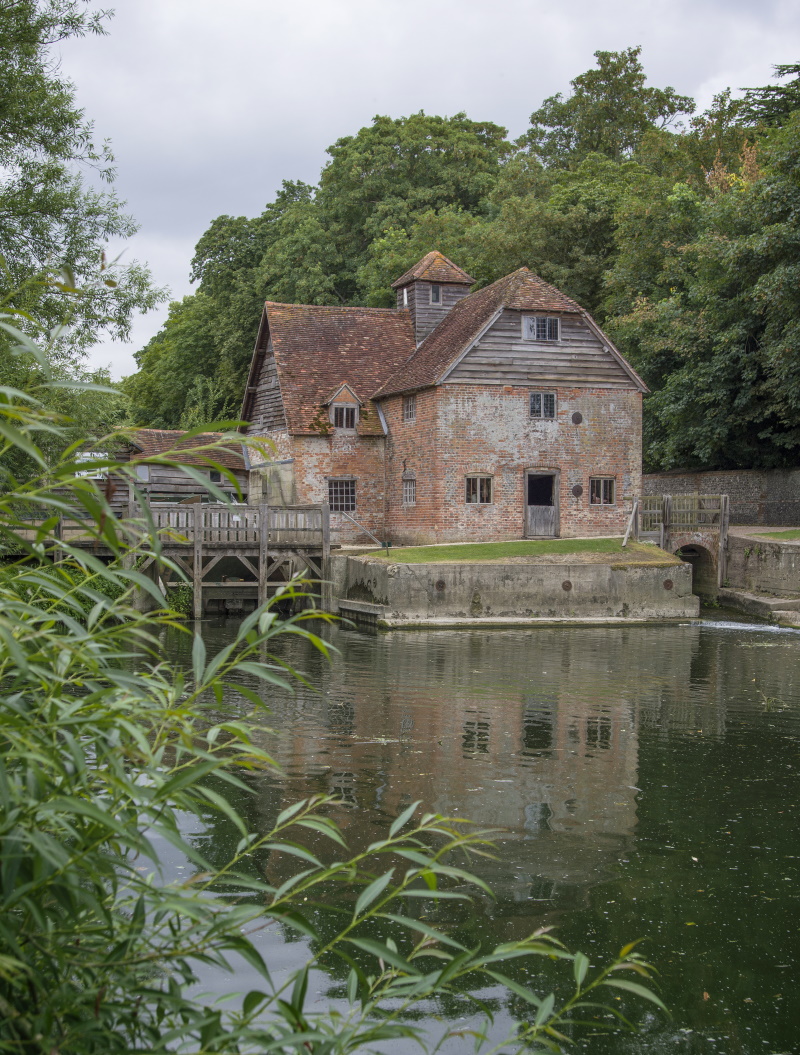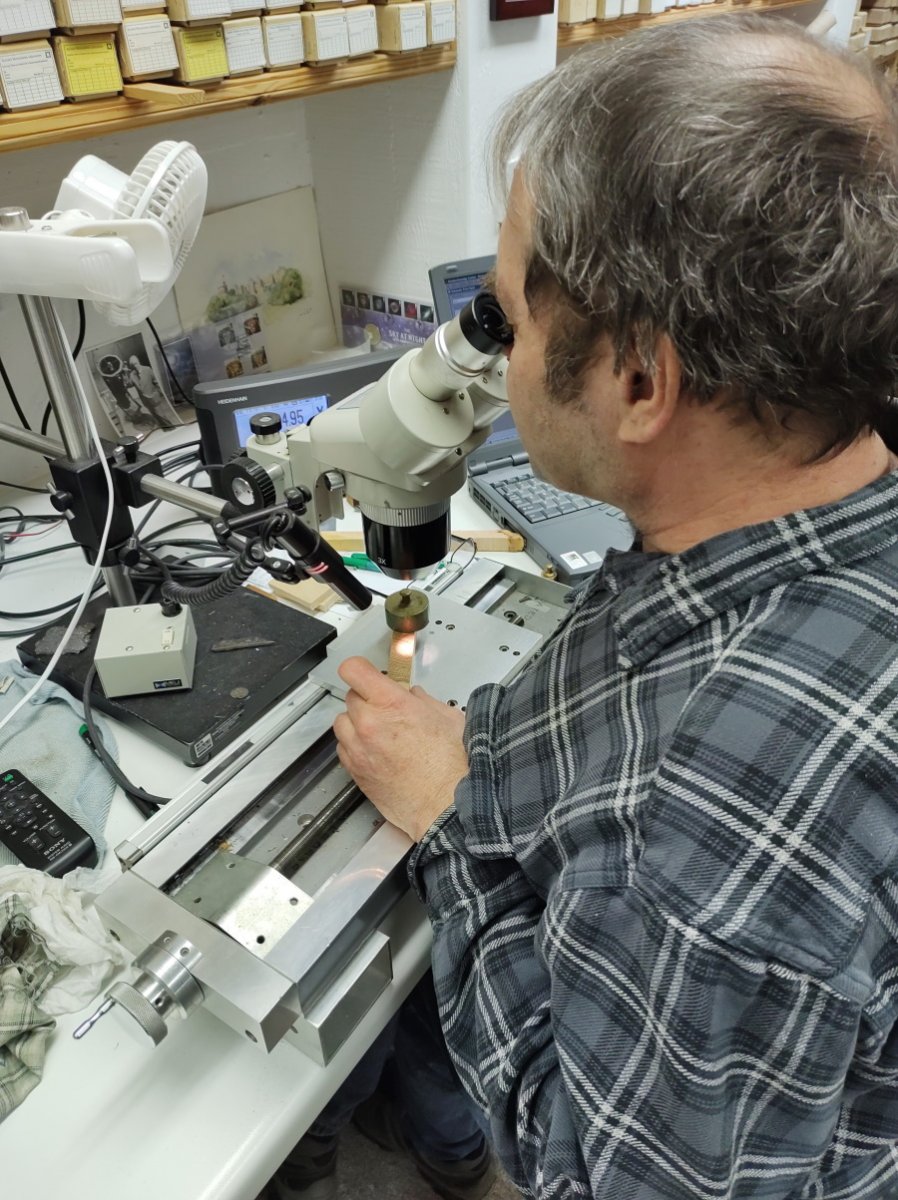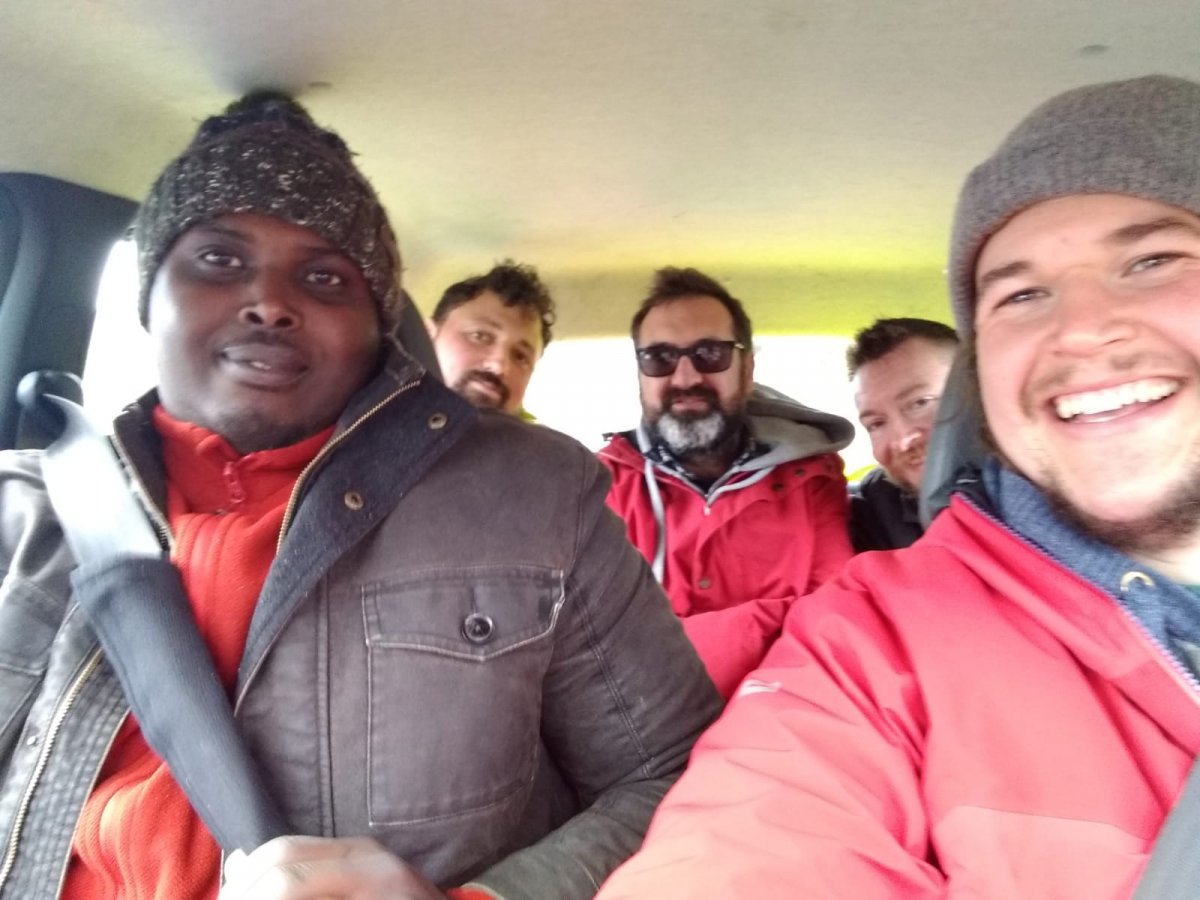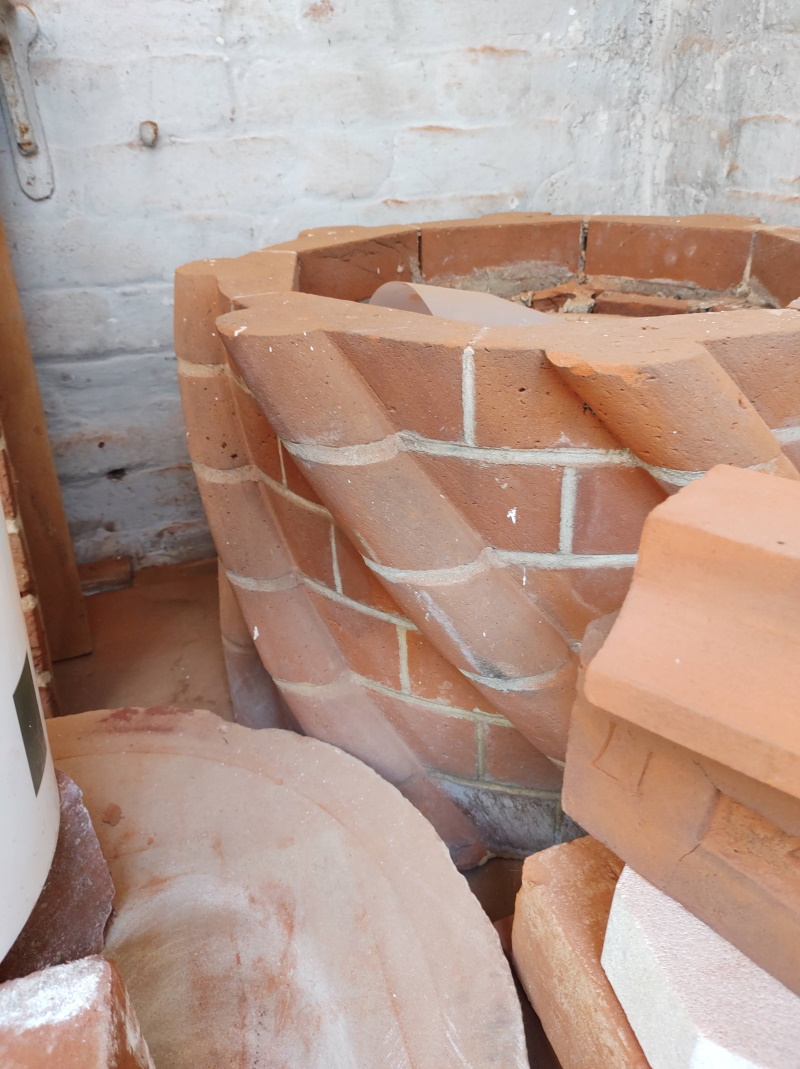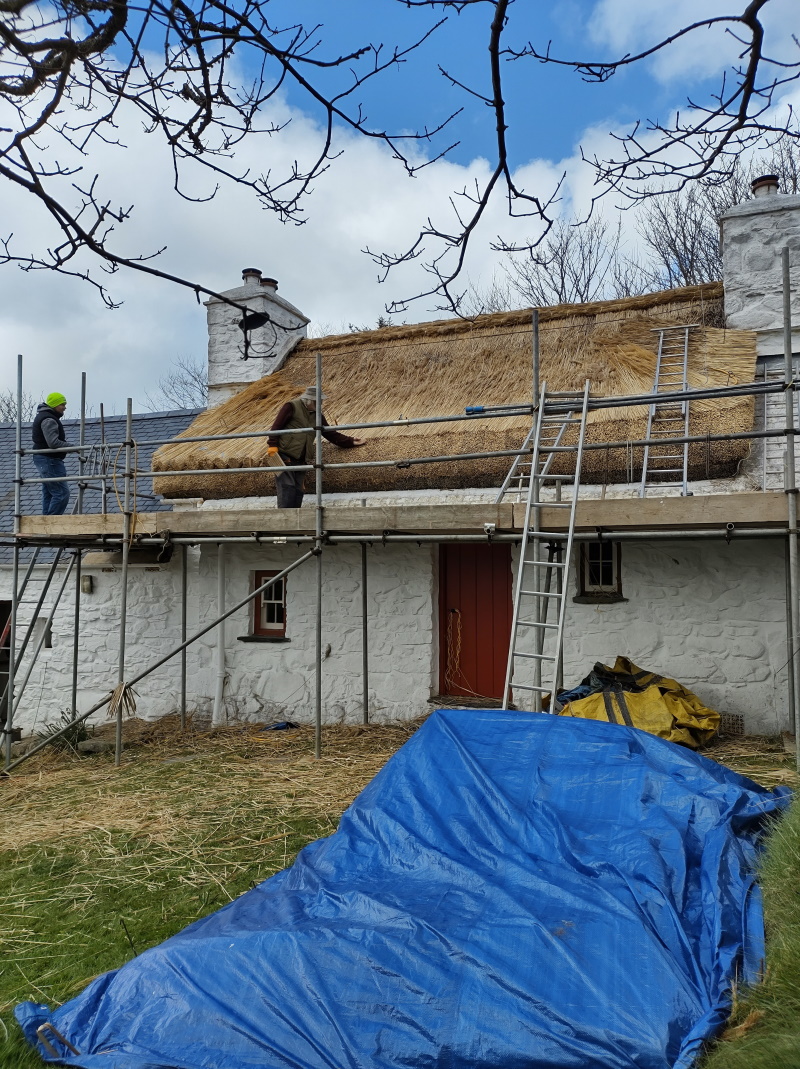2022 Fellow Daahir Mohamed is a lime plasterer. From the road he shares some highlights and reflections on heritage.
I am the first Somali SPAB Fellow since the programme began in 1987, which, coincidentally is the year I was born. I spent the first nine years of my life in Somalia, partly in the countryside, where I had my first experience of using traditional building materials - building up the layers of clay and cow manure on the hut we lived in. Later I moved to the city of Mogadishu, where I encountered the remains of the old colonial buildings in ruins, and started to wonder why it had been left to crumble. This brought me to reflect on conservation and its place in society. Now I’ve lived in Bristol for 15 years, and established my career here as a traditional plasterer. The SPAB Fellowship is allowing me to go deeper into questions of heritage while learning about conservation. We are now in six weeks into the programme, and in this blog I’m sharing my highlights and reflections so far.
Daahir at the SPAB offices (Ralph Hodgson).
Week 2: Visiting a working water mill at Mapledurham Estate, Oxfordshire
Left to right: Mapledurham watermill (Msemmett/CC BY-SA 4.0) and the waterpump (Daahir Mohamed).
Mildred Cookson, chair of the SPAB Mills Section and Paul Selwood, millwright for IJP showed us around the mill. The Victorian water pump was used to draw water for the estate up to World War II. I was really struck by the techniques Mildred used to lift and manoeuvre the heavy millstones all by herself.
Week 2: Dendrochronology with Daniel Miles, at Owlsworth IJP, Oxfordshire
In the lab (Daahir Mohamed).
I had no idea what to expect when we met with Dan. We learned about dendrochronology, which is the study of tree rings to date timber and identify the date a building was constructed. I was blown away by the stories he’s told us and the utility of dendro dating in conservation. It is inspiring to see the care and passion he puts in his work
Week 3: With Thomas Kinghorn-Evans, SPAB Fellow and stone mason conservator in Cardigan, Wales
2022 Fellows in the car with Thom Kinghorn-Evans (Daahir Mohamed).
It was great to see Thomas’ approach to lime mixes. We spent some time in his workshop where he usually runs tests making samples before he starts a new job . I learned a lot about aggregate and hot lime, he has a wealth of knowledge and experience.
Emma Simpson bricklayer conservator at Hampton Court, London
Guaged brickwork in the workshop at Hampton Court Palace (Daahir Mohamed).
It was a great opportunity to learn about the brick rubbing technique used to rebuild some of the spiral tower chimneys in Hampton court. What struck me on this visit was the short amount of time the craftspeople have to complete works before a deadline or a royal visit which involves taking the expensive scaffold tower down leaving a substantial dent in the overall budget.
Alan Jones, thatching a vernacular cottage in St Davids Wales
We only had a few hours to spend with Alan yet I have learned a lot about the history of vernacular thatching in south-west Wales. I found the straw rope ceiling fascinating - the thatch was mainly held up by ropes rather than rafters. Seeing the thatching go up I felt nostalgic, it reminded me of childhood back home.
Thatching (Daahir Mohamed).
Site visit at Gunnersbury House, London
At Gunnersbury House we spent some time with Stafford Holmes, a renowned expert in lime. He showed us the current work to the building’s facade, where they are restoring the original ornamental features of the upper part of the house. It was interesting to see how the architect was working closely with craftspeople to ensure the right mixes were being used, in this case trying to replicate roman cement using prompt natural cement and NHL3.5 and KEIM mineral paint finishes.
Cultural legacies
Alongside what we’ve been learning about specific trades and crafts, as a group we have been discussing big questions of cultural heritage and legacy. As a Somali and an ethnic minority I have been pondering how this country can better ensure its heritage is accessible to all, and how to overcome barriers to ethnic minorities engaging with the country’s historic buildings. Linked to this is the heated and often entrenched national debate about statues and colonial legacies. One thing I’d love to see is more interpretation at historic properties and sites about how the wealth that funded the construction was accumulated, and at what cost - human as well as financial.
I’m not sure I’ve figured out all the answers yet, but I’m definitely in a good group to explore the questions.
The SPAB Fellowship programme allows craftspeople to travel countrywide together and learn on site from specialists working in building conservation. Find out more about the Fellowship.


